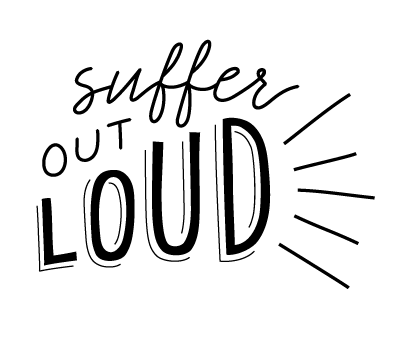Why Does Montana Have Such A High Suicide Rate?
By Cassie Jackson
For all age groups, Montana has ranked in the top five for suicide rates in the nation for the past thirty years. As Montanans we don’t hear about these statistics very often. When I mention this to peers, they are usually surprised to learn that so many Montanans are taking their lives. The next question people always ask me is why are so many people dying by suicide in Montana. It’s important to know the why so that we can start addressing how to change this devastating statistic. The Montana Department of Health and Human Services released a report on the facts and figures of suicide in Montana. They listed the following reasons in their report:
Vitamin D Deficiency - A deficiency in Vitamin D is correlated with increased risk of depression.
Altitude - Metabolic stress caused by long-term oxygen deprivation can disrupt mental health. Worldwide, above 2,500 feet, there is an increase in suicides. The average suicide in Montana occurs at 3,500 feet.
Socioeconomic - 1/5 of Montana kids live more than 100% below the federal poverty level. We know how much stress financial problems can cause. We have neighbors that are worried about a roof over their heads and food on their tables.
A High Concentration of Veterans, American Indians, and Middle Age White Men - These groups have a high risk for suicide nationwide.
Social Isolation - Montana has 6.7 people per square mile. The national average is 88.7! Montana is a large state with a small population. We need to check on our neighbors, especially if you’re in rural Montana. As someone from rural Montana, this makes me think of our farmers. They can go days, even weeks without seeing anyone. Let’s make sure we look out for each other.
Lack of Behavioral Health Services - Lack of psychiatrists and integrated behavioral health into primary care. Even if a Montanan is financially able to pay for mental health care, they may have trouble finding a provider. There can also be an issue with privacy in rural communities. Individuals don’t always want peers to know that they’re seeing a mental health care provider. It can be intimidating to walk into an office where staff members may attend your church or your kids to go school together. It adds an additional barrier when the choices are so limited.
Alcohol as a Coping Strategy - Alcohol in the blood at the time of death by suicide is 2x the national average. It is no secret that many Montanans like to drink. It is a big part of our culture. It becomes a huge problem when it is used for more than enjoyment.
Access to Lethal Means - Nearly 65% of suicides are by firearm and nearly 90% of all firearm deaths in Montana are suicides. Owning firearms is also a big part of Montana’s culture. People come to Montana from all over just to hunt.
Stigma - Montanans see depression as a weakness and their problems as a burden. If you think that you’re a burden, how likely are you to ask for help? Stigma surrounding mental illness has been documented as a profound barrier to seeking help.
At Suffer Out Loud we view stigma as the biggest reason that our suicide rate is so high. As a Montana native, I was raised to “be tough” and to keep my struggles behind closed doors. Stigma keeps so many Montanans from reaching out. It takes a lot of courage to admit that you need help. No one should have to do this alone. This is how we determined our mission and our vision - To reduce suicide rates in Montana by connecting those who are suffering to the resources they need and by changing the stigma associated with mental illness.
All of our programs are intended to serve as the bridge that connects those who are struggling to the help that they need. Every Montanan should be aware of the reasons listed above so that we can address the root causes of the crisis that our state is in.
There are so many great resources available for people to reach out to if they need support. Don’t let stigma keep you from getting help!
